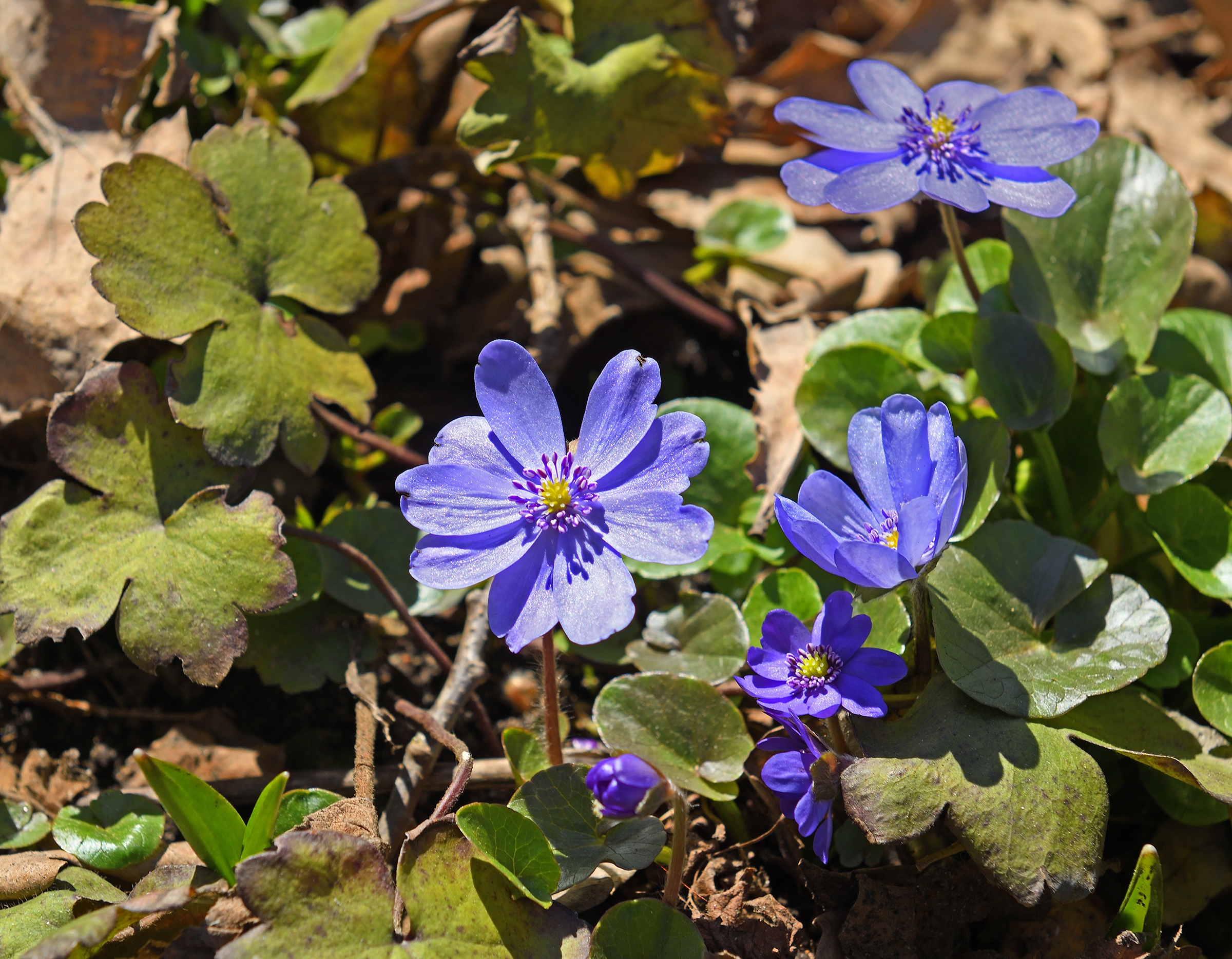Hepatica, << hih PAT uh kuh, >> is the name of a group of sturdy but dainty woodland plants of the Northern Hemisphere. They are related to anemones. The name hepatica comes from a Greek word that means liver. A hepatica’s dark green, leathery leaves have three scallops, or lobes, and are shaped like livers. The plant is often called liverleaf or liverwort. Six petallike sepals form a hepatica’s buttercup-shaped flowers. Each year, the flowers appear before the new green leaves do.
Hepaticas have pink, white, or lavender blossoms that appear in abundance during early spring. Each flower grows on a stem 3 to 6 inches (8 to 15 centimeters) high. The leaves may have rounded or pointed lobes, depending on the species.

